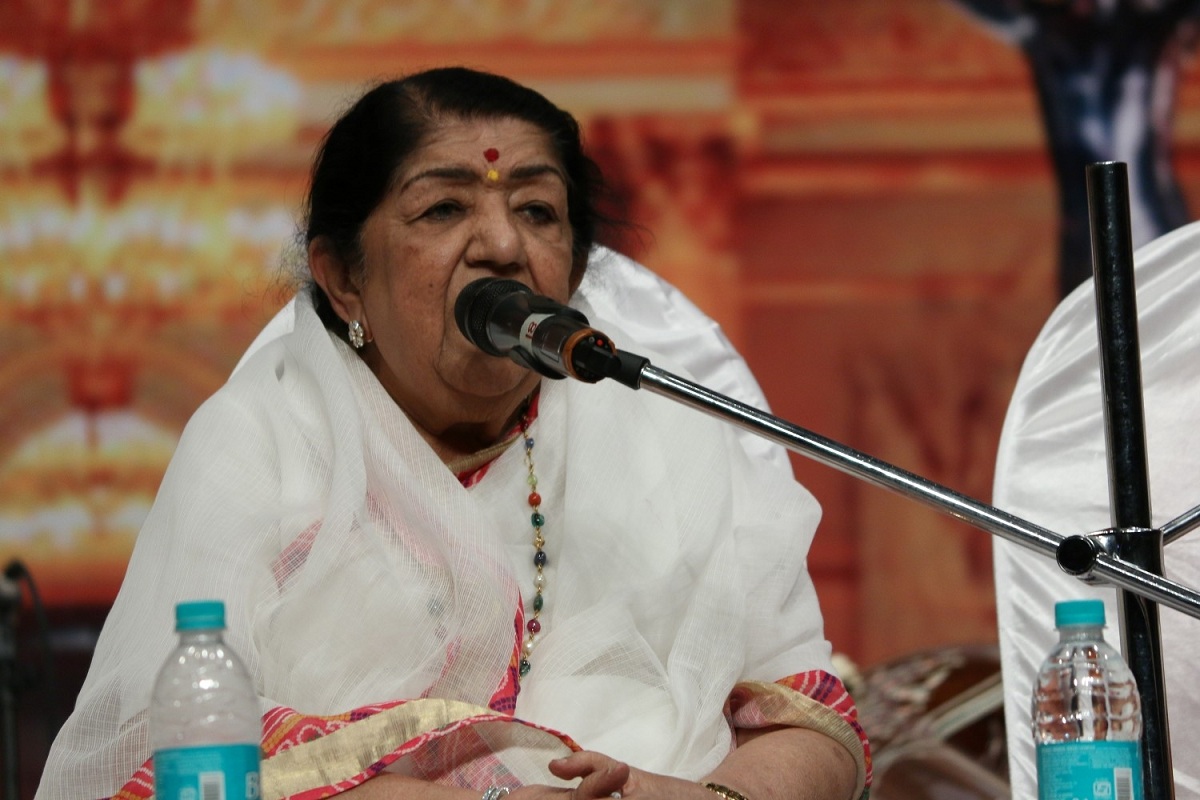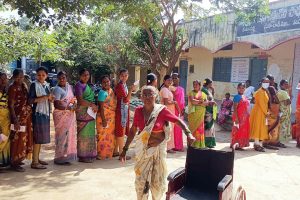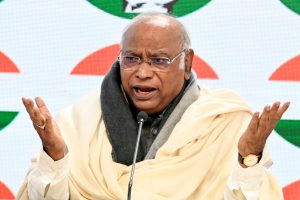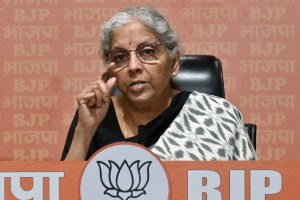How can one define “sweetness” in a song or a musical piece? I believe it must be associated with a pleasant, smooth female voice, perhaps accompanied by musical instruments such as the violin and piano; no sixty piece orchestra or western beats with heavy-bass guitar.
The experience of listening to the song should make us happy, calm, and satisfied. If we compare a musical piece with a culinary dish, sweetness in music should feel like taste of sugar. I like this metaphor and please allow me to extend it. I would consider male voices to be similar to spices. Sounds of all the background instruments are like meat, vegetables, and potatoes in a curry. Genre of the music (such as romantic song, group dance number, bhajan, classical raag) represents the category of the dish.
A music director carefully mixes everything in a composition much like a chef preparing a meal follows a recipe. When it comes to Indian music and specifically Bollywood music, sweetness is synonymous with the voice of Lata Mangeshkar. In fact, I would say that her voice is like pure sugar. It is ironic for me to say this because I have type II diabetes and have not knowingly touched any food with sugar for the past twenty years or so.
Coincidentally, Lata had been absent from an active singing career roughly over the same period. I am thankful that both Lata and sugar were present over an almost identical period in my life and explored my senses. Just like a child who instinctively likes sweets and candy, the very first song that captivated me in my childhood was a sweet Bengali superhit by Lata, “Saat bhai champa jagore jagore” which I had heard probably a hundred times.
As a teenager during the 1960s and early seventies, I got hooked to Bollywood music and it seems that all the beautiful, sweet songs were sung by Lata. Among my favorites were “O Basanti pavana pagal”, “Rangeela re tere rang me”, “Kahin deep jale kahin dil” and “Jago, Mohan pyare”. Her domination started under composers like S. D. Burman, Naushad, Hemant Kumar and Salil Chaudhuri in the 1950s and continued under Shankar-Jaykishan, Madan Mohan, Laxmikant Pyarelal, Kalyanji-Anandji in the sixties through the eras of R. D. Burman and A. R. Rehman in the latter part of the twentieth century. There is one exception though.
The famous and very popular music director O. P. Nayyar never used Lata’s voice in any of the songs he composed. He said that Lata’s voice was not suited to his style of music which was more sensuous and passionate; he preferred Geeta Dutt and Asha Bhonsle. In our metaphor, this is similar to a famous chef saying that sugar does not go well with his spicy recipes. Lata herself declined singing cabaret songs. The only one she sang was “Aa jane ja” in from the movie Intaqam and it was a gem.
Of course, I liked male voices too. Mohammed Rafi was the “salt” which blends well with any food preparation, even yogurt and makes some sour fruits sweet. There is no such thing as artificial salt, and no one can copy Rafi. Perhaps one can think of Mahendra Kapoor in the same way one thinks of potassium chloride as a salt substitute. Mukesh had a gingery flavor (which goes well with all other spices). I would classify Manna De’s voice as cumin (somewhat strong and unique), Talat Mahmood as turmeric (smooth and not too strong) and Kishore Kumar as red pepper (definitely gets your attention and wakes you up by the liveliness).
Food is tasteless without sugar or salt and the same can be said about Bollywood music without Lata and Rafi’s voices. However, it is sugar that gives food that finishing touch and makes it addictive. The food companies that sell frozen and packaged food know this all too well. That is why they add some sugar to even products like soup, potato chips, various hot sauces and even crackers.
There is no question that Lata’s voice makes a song addictive. How many times have you started to hum a tune without even realizing what you were humming a song by Lata Just like real sugar, it has to be her voice and not just any female voice. There were, of course, other female voices competing with Lata to get the spotlight during my youth in India: her sister Asha Bhonsle, Suman Kalyanpur, Sharda in Bollywood and Sandhya Mukherjee and Sabita Chaudhuri in Bengal. There was a period of three years in the early sixties when Lata refused to sing with Rafi because of a feud related to royalty payment.
Sadly, there were no Rafi-Lata duets during that period. Of course, the show had to go on and Suman Kalyanpur was summoned to fill the void because her voice was closest to that of Lata. Some of Suman’s legendary duets with Rafi were created during this time. Two memorable songs come to mind: “Tumne pukara aur hum chale aye” from the movie Raaj Kumar and “Ajahu na aye balma” from “Saanjh aur Savera”. Suman was great in these songs, but I have often wondered how they would have sounded if Lata had sung them. Fortunately, the feud was resolved and there were many more Rafi-Lata songs to keep us entertained. Asha’s voice can be called spicy sweet, and Sharda was quite different, perhaps like honey.
In the Bengali musical world, Sandhya Mukherjee was regarded in the highest esteem and dubbed with the “Sura Sree” title. However, I always felt that her voice was a little too high-pitched – perhaps like saccharin. I attended a live performance by Sabita Chaudhuri about 20 years ago where she was paying tribute to her late husband, the great Salil Chaudhuri. In that context, she mentioned that her husband was a modest and humble person and did not want to publicly promote her wife. As a result, a number of songs composed by him, were eventually sung by Lata.
Sabita was, of course, implying that she could have sung those songs, perhaps just as well as Lata. I beg to differ. Sabita did great in songs where the tune had a jerkiness or rapid ups and downs (such as “Aha re”, “Holud Gandhar Phool”, “Jharana Jhare re”) and I would call her voice similar to rock sugar (Misri) as opposed to finegrained sugar. New singers have appeared on the music scene.
Two prominent female voices in recent decades are those of Alka Yagnik and Shreya Ghoshal. Shreya’s voice probably comes so close to that of Lata that I sincerely hoped that she would carry on Lata’s legacy in Indian music. I have listened to dozens of songs by Shreya and most of them are outstanding including “Barso re Megha Megha”, “Deewani Mastani” and “Chikni Chameli”. I can probably spend the rest of my life pretending that I am listening to Lata when I play Shreya’s songs, but deep down inside I would know the difference.
Alka Yagnik is distinctly different from Lata, perhaps like beet sugar. As a diabetic patient, I can eat virtually all sweet food including candies, cookies, ice creams, cakes and soft drinks made with sugar substitutes. Yet, I miss sugar and know that these foods are not made with sugar. In the same way, whether it was Suman Kalyanpur in the old days or Shreya Ghoshal and Alka Yagnik at present, I would know that they are not Lata even if no one tells me. Coca-Cola (which is very high in sugar content) used to call itself the “real thing”. To me, Lata was the “real thing” that we will miss from Indian music.
(The writer, a physicist who worked in academia and industry, is a Bengali settled in America.)










